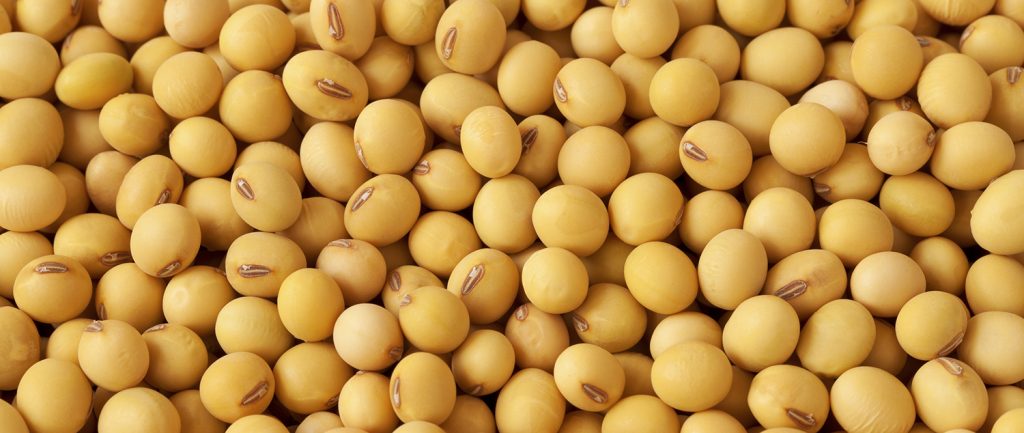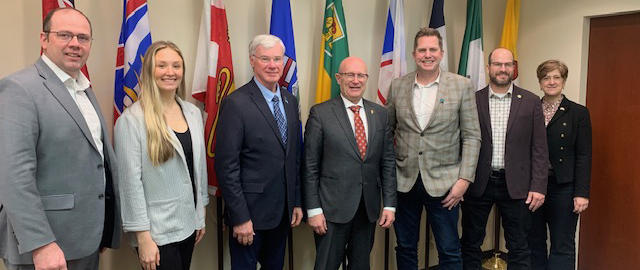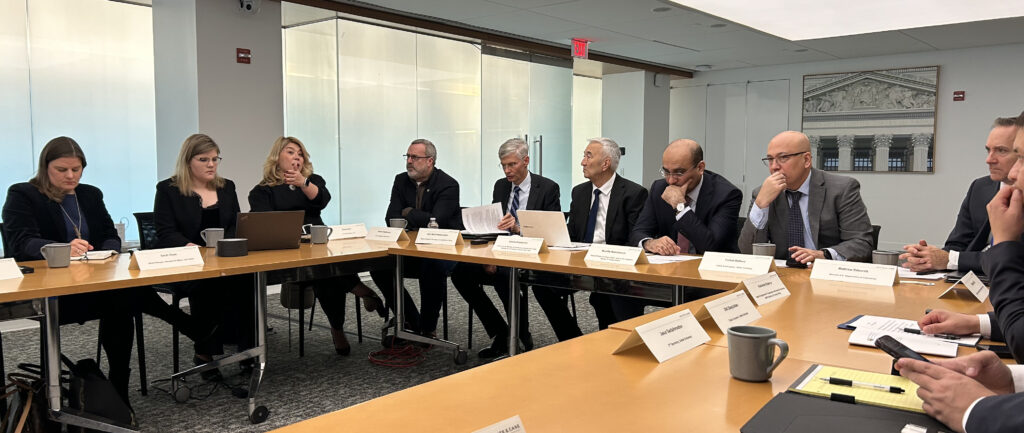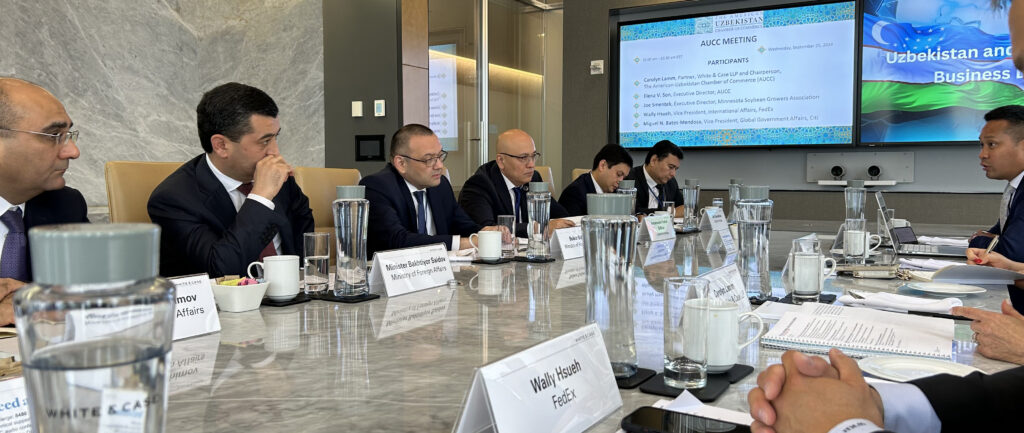For the second consecutive year, the Minnesota Soybean Growers Association submitted multiple comments to the National Trade Estimate Report on foreign trade barriers. MSGA submitted nine trade barriers and restrictions, though the organization believes there are currently more than 90 such issues.
“Trade restrictions have damaged the bottom lines of Midwest farmers for several years now, and we continue to feel strong action is needed,” MSGA Executive Director Joe Smentek said. “Our comments outline the ways in which officials at the USTR can make sure our trade partners uphold the rules of the World Trade Organization.”
Removal of three U.K. trade barriers could increase U.S. soy exports by up to $25 million each year. The submission proved timely, as Smentek was able to elaborate on the comments during a week-long trade mission in November to the U.K. and Finland alongside the Walz administration and agriculture, medical technology, environmental and education leaders.
“Our work doesn’t stop with written comments,” Smentek said. “MSGA follows up with actions.”
Free agents
Smentek joined fellow commodity representatives in a meeting with U.K. Minister for Trade Peggy Mordaunt to discuss trade barriers and non-tariff trade issues.
“Having left the European Union, the U.K. is looking for new suppliers, and we made some good inroads,” Smentek said. “After almost two years of a lot of virtual visits with trade partners around the globe, it was very beneficial to meet face-to-face with trade leaders.”
The United Kingdom was the state’s 8th largest export market in 2020. More than 70 U.K.-based companies operate at more than 180 business locations in Minnesota, and more than 60 Minnesota companies operate at about 150 business locations in the U.K. In total, trade with the U.K. amounts to about 20,000 jobs in Minnesota. Between 2015 and 2019, the U.S. averaged about $75 million in soy exports to the U.K.

“These are big markets that haven’t been big to us previously,” Smentek said, “but they could become more important in the future as they grow less food.”
On the agriculture side, Smentek and commodity leaders met with government officials, trade leaders, and toured grocery stores and production and research facilities, including NIAB, the U.K.’s leading crop science organization. The U.K. can currently only grow enough food to feed their population (about 67 million) through August. With more government regulations expected, even more land could be taken out of production, presenting a unique opening for soybean farmers to fill a growing demand for food.
“Now it’s about finding efficient ways to get our products over there, whether that’s through more imports of our meat, or even getting whole beans out of the Port of Duluth,” said Smentek, who attended the mission on behalf of the Minnesota Soybean Research & Promotion Council. “That would be the next steps, because they’re very willing and eager trade partners.”
Benchmarks
The mission concluded in Finland. Total trade between Minnesota and Finland was valued at $58 million in goods in 2020: Minnesota imported $39 million from Finland and exported $19 million to Finland. Additionally, in October, Minnesota entered into a Letter of Understanding with Finland focused on clean energy, sustainable bioeconomy and the digital economy. The U.S. exports about $68 million worth of agricultural products to Finland annually.
“This mission provided Minnesota’s leading food and agriculture companies the opportunity to showcase our high-quality exports and why they’re a good investment,” Minnesota Department of Agriculture Commissioner Thom Petersen said. “We look forward to continuing to strengthen our trade relationships with the U.K. and Finland.”
During the tour, ag leaders visited two of Finland’s leading innovation centers. The country is a big proponent of clean energy, creating another market opportunity for soybean producers.
“There was a lot of talk about renewable energy, a big focus on biodiesel,” said Smentek, who’s also an environmental attorney. “Without the crops, they’ll need to import those biofuels, along with meat.”
Smentek capped the trade mission by visiting with environmental and trade officials, where he discussed how the Minnesota Agricultural Water Quality Certification Program (an initiative supported by MSGA) is helping to improve soil health and farmer profitability.
“The (MAWQCP) is a good benchmark to show what our farmers are doing in their fields, how they’re lowering their carbon footprint, raising energy and growing acreage through sustainable practices,” Smentek said. “It’s extremely important that agriculture pushes these messages.”
Smentek said he’s hopeful Minnesota Soybean farmer-leaders can participate in future MDA trade missions in North Africa and Taiwan. In the meantime, he’s optimistic about the trade outlook with the U.K and the EU.
“We’re growing more and more markets to remain profitable, and this is the perfect place to do it,” he said. “We can grow our food with very little carbon impact, we’re using biofuels to grow our feeds, we’re raising our meat with less energy inputs. It’s a great product and economic benefit to our rural communities if we can export to other countries.”





